Wood Duck photos by Larry Jordan
I came across a paddling of Wood Ducks a couple of weeks ago at Anderson River Park. This is the time of year when these beautiful ducks are pairing up and strengthening their pair bonds.
They are fun to watch as they perform courtship displays that include preening and bathing together. There are also aggressive displays as unpaired birds interact with male and female ducks that have already paired up. This is a male Wood Duck rushing another male that got a bit too friendly with his mate.
A few juvenile males were hanging around on the lower tree branches just above the water, taking in the show or more likely taking notes on which behaviors were the most successful.
Wood Ducks nest in preformed cavities, mostly created when branches break off tree trunks and the heart wood rots out creating a cavity. They don’t excavate cavities themselves but they will take readily to man-made nest boxes and occasionally use cavities excavated by Pileated Woodpeckers1.
The female broods the commonly 8 to 15 eggs by herself. Here is a photo of one of my friend Steve’s Wood Duck boxes showing a female incubating eggs. You can see that there are some wood chips in the bottom of the box but it is mostly down from the female’s breast that she adds as the clutch nears completion.
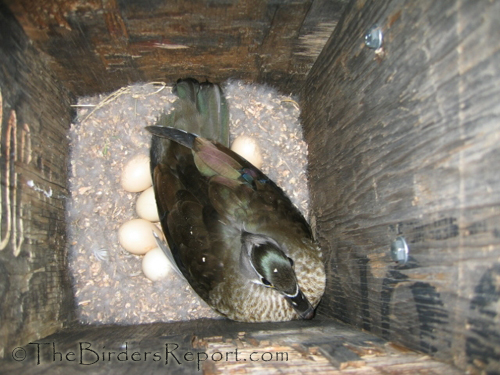
Artificial nest boxes helped bring the Wood Duck population back following severe declines from over hunting, deforestation and loss of habitat in the early 1900’s.
At this point, I have to insert my all time favorite bird video showing baby Wood Ducks on their first flight, or I guess I should say, drop, from a natural tree cavity to their mother below.
If you are not smiling after watching this video, there is something wrong with you.
Enjoy a few more photos I took of these beautiful ducks that day. The vibrant colors of the male in breeding plumage make this bird easy to identify.
The female Wood Duck is beautiful in her own right
But I leave you with the more colorful drake swimming
And just showing off.
For more great bird photos, check out Bird Photography Weekly.
References: 1 Birds of North America Online: Issue No. 169, Authors: Hepp, Gary R., and Frank C. Bellrose

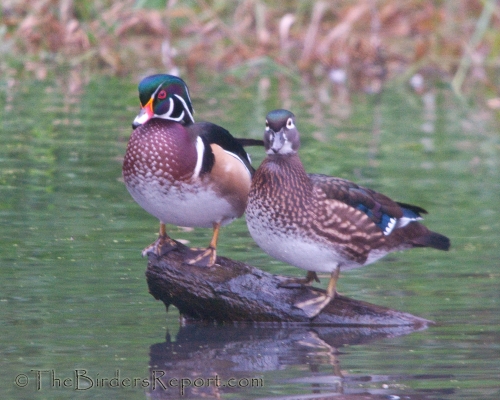
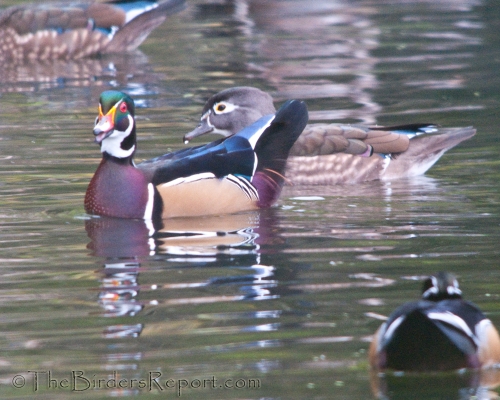
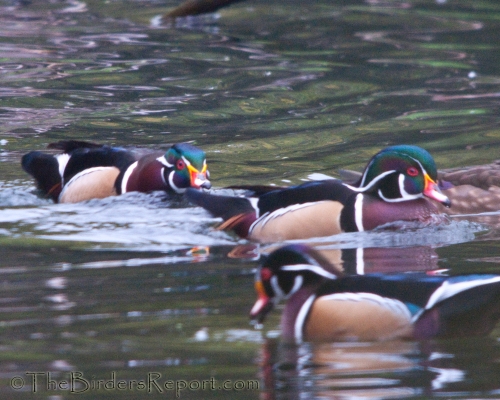
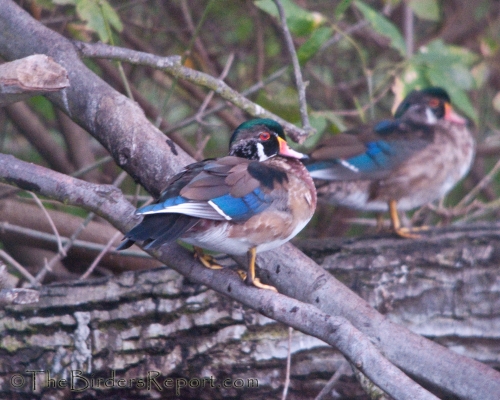
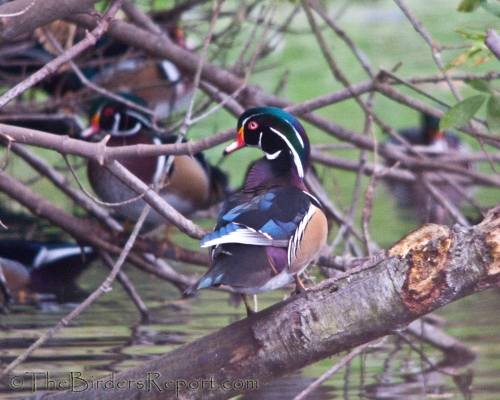
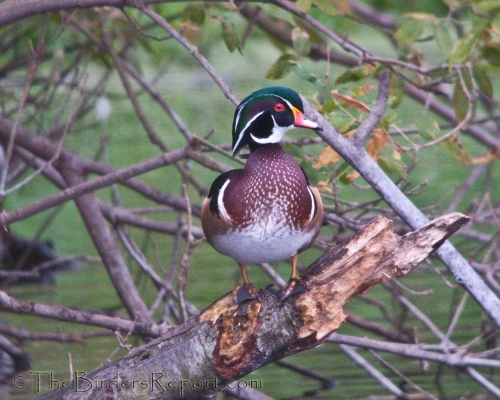
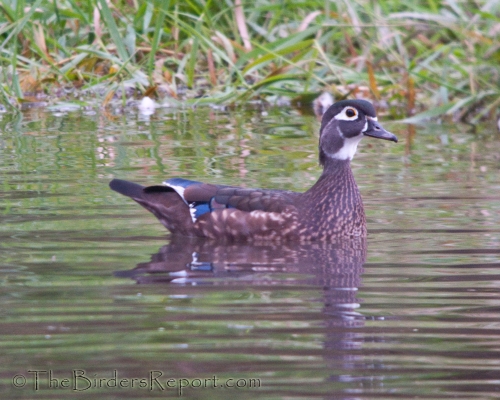
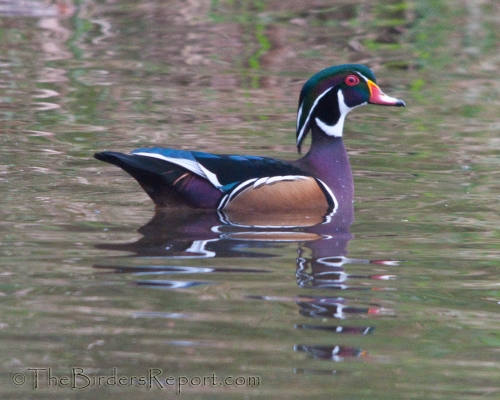
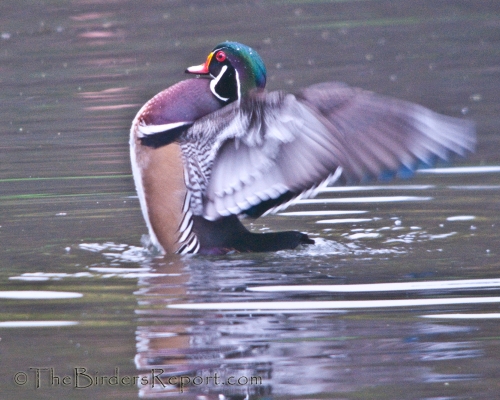
 I am honored to be one of the new
I am honored to be one of the new 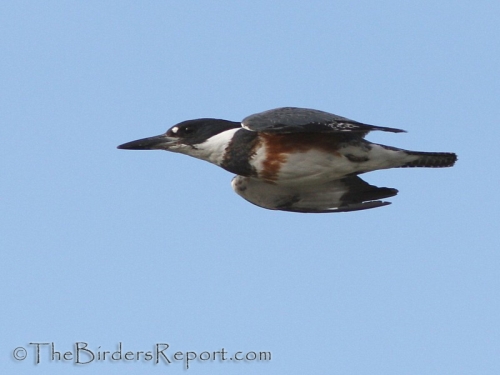
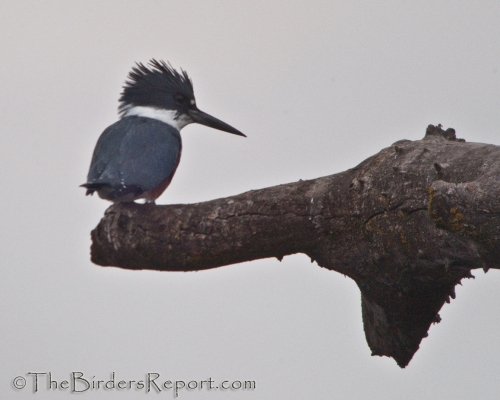
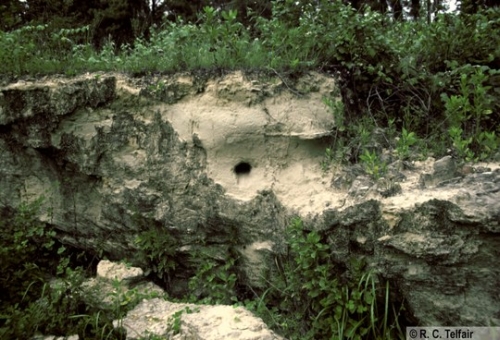
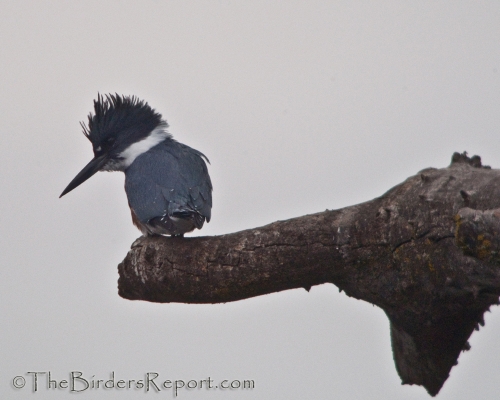



Social Media Connect